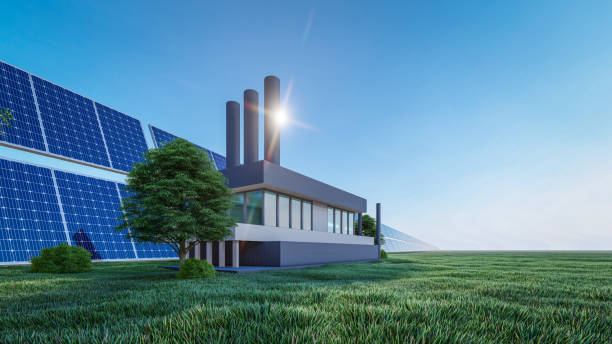The European solar agency Solar Power Europe recently released the 2022-2026 Global Solar Market Outlook Report, stating that by 2025, the total installed capacity of the global solar market is expected to reach 2.3TW (23,000GW), and it is predicted that the installed capacity will increase by 1TW in three years. In a year when the COVID-19 pandemic, economic recovery plans and the energy crisis have led to record high electricity prices around the world, many people are turning to solar solutions to meet their energy needs.
Christian Westermeier, President of Solar Power Europe, said:
Solar energy has many large-scale successful cases, coupled with favorable policy support, its share in the global energy structure has maintained a rising trend year by year. By 2030, the annual new installed capacity will triple compared to today. In 2022, we see strong cost improvements, with solar becoming the lowest-cost source of generation in a growing number of regions. According to the latest Levelised Energy Cost (LCOE) analysis released by the US investment bank Lazard, the cost of solar power has dropped by 90%. At the same time, industries related to solar energy are developing rapidly.
Global solar demand continued to grow last year as emerging markets embraced solar as a low-carbon, versatile and low-cost source of power generation. In 2021, the global solar grid-connected capacity will be 167.8GW, an increase of 21% from 139.GW in the previous year, creating an annual installation record for the industry. In 2022, the total amount of solar power generation in operation will reach 940GW, a significant increase unmatched by any other power generation technology. Of the more than 300GW of global renewable energy generation capacity, solar installed more capacity than all other renewable energy technologies combined, accounting for a 56% share. Until now, the installed capacity of solar power has exceeded the sum of all fossil fuel power generation technologies.

Walburga Hemetsberger, CEO of Solar Power Europe, commented:
In Europe, we have entered a new era of solar growth. As the fallout from the Russian war in Ukraine and the ensuing energy security challenges, along with the EU’s climate goals, are driving the continent’s renewable energy transition – with 25 of the EU’s 27 member states set to install by 2023 More solar than 2022.
As the dominance of China’s solar market gradually increases, its market growth is beyond doubt. Unrestricted feed-in tariffs drove a record 53GW growth in 2017, a near-record high of 48GW in just 4 years as China transitions from traditional incentive schemes to an auction and non-subsidy system,2021Set a new record of 54.9GW. In the global solar market share, China ranks first, the United States ranks second, and India ranks third with 14.2GW of solar installations. If it takes 10 years to increase the total global solar capacity from 100GW in 2012 to 1TW in 2022, it will take less than 4 years to double it to 2TW by the end of 2025.
Michael Schmela, executive advisor at Solar Power Europe, said:
The surge in oil, gas and coal prices has led to a serious increase in the cost of electricity production, which is good news for the energy transition. Solar is technologically and affordably ready, and we need to rapidly accelerate the deployment of solar power, the development of the solar industry and the realization of investments. According to the “Paris Agreement”, the application of solar energy is considered to be the key to realizing the energy transition, which can well help alleviate the climate crisis.
In 2022, around 3372GW of renewable energy will be installed globally. According to the International Renewable Energy Agency (IRENA), annual renewable energy capacity additions must triple by 2030 to keep temperatures below 1.5°C.

